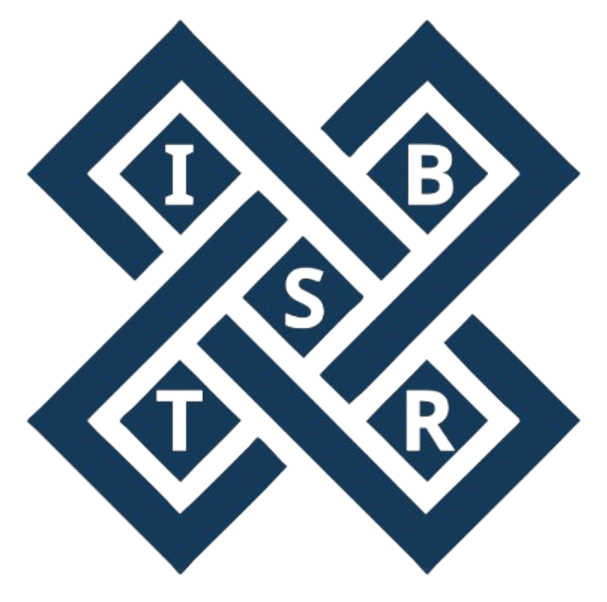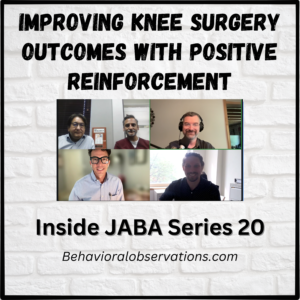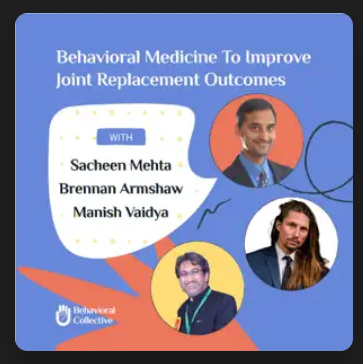VMO

Knee Rehabilitation
An early focus of rehabilitation efforts following TKA involve voluntary activation of the vastus medalis oblique (VMO). Loss of proprioception and muscle disuse atrophy contribute to the difficulties encountered during recovery. In this line of research, we explore the potential benefits of biosensor technologies and smart games to provide real-time supplemental feedback to increase patient motivation and optimize recovery.
Peer-Reviewed Publications
This paper presents data from our first attempt at using surface electromyography to measure small amounts of electrical activity present in naturally occurring muscle contractions. We found that we were able to measure the activation of the muscle and provide feedback in real time.
The paper presented several innovative developments in the use of surface electromyography-based feedback protocols. First, we introduced a novel method for determining muscle strength and setting reference values. Second, we compared game-based feedback to standard auditory feedback and found that games were more effective in maintaining effortful responding and produced more overall work in the muscles than the audio-only feedback protocol.
The paper presented several innovative developments in the use of surface electromyography-based feedback protocols. First, we introduced a novel method for determining muscle strength and setting reference values. Second, we compared game-based feedback to standard auditory feedback and found that games were more effective in maintaining effortful responding and produced more overall work in the muscles than the audio-only feedback protocol.
This paper presents a review of the empirical literature related to the use of surface electromyography-based biofeedback to rehabilitate the VMO (vastus medialis oblique). Our review of the literature identified large differences in the ways studies had been conducted. Studies that took baselines, conducted repeated measurements, and changed feedback criteria across sessions generally produced better results. By way of conclusion, we suggest that studies should i) gather baseline data, ii) conducted repeated measurements, iii) use those measure to inform adjustments in biofeedback criteria, and iv) i can't remember right now.
The important conclusion is that surface electromyography-based biofeedback protocols can indeed be effective in the rehabilitation effort.
The important conclusion is that surface electromyography-based biofeedback protocols can indeed be effective in the rehabilitation effort.
This paper presents data from a study conducted with patients who had undergone total knee arthroplasty (TKA) two weeks prior to starting participation in the study. We compared the patients' performance on four key measures: muscle strength, range-of-motion, a functional walking test, and a measure of the quality of life. Participants either received surface-electromyography based biofeedback for responses meeting criteria (sEMG) or, per standard practice, had their muscles passively stimulated by neuro-muscular electrical stimulation (NMES). These activities were embedded within a standard rehabilitation protocol. The parameters of activation and rest were kept the same to allow for a direct comparison. All other details of the rehabilitation effort were also held constant.
The data suggest that the sEMG group made faster and greater progress toward recovery than their counterparts receiving NMES.
The data suggest that the sEMG group made faster and greater progress toward recovery than their counterparts receiving NMES.
Podcasts
Improving knee surgery outcomes with positive reinforcement: Inside JABA Series 20
Conversation with Matt Cicoria
https://behavioralobservations.com/podcast
Behavioral Medicine to Improve Joint Replacement Outcomes
The Behavioral Health Collective podcast with Erika Ng.
https://behavioralcollective.com/





